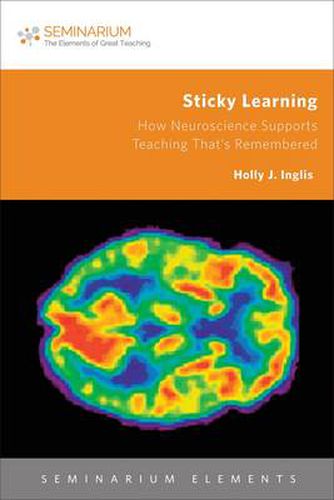Readings Newsletter
Become a Readings Member to make your shopping experience even easier.
Sign in or sign up for free!
You’re not far away from qualifying for FREE standard shipping within Australia
You’ve qualified for FREE standard shipping within Australia
The cart is loading…






Despite the introduction of new technologies for classrooms, many seminary courses still utilize primarily auditory methods to convey content. Course outcomes may include opportunities for learners to demonstrate knowledge and skills gained but may not include opportunities for learners to begin to embed knowledge and skills into their long-term memory. Educators are engaging with neuroscientists to reshape classroom practices, content delivery, curriculum design, and physical classroom spaces to enhance students’ learning and memory, primarily in elementary and secondary education. Why not in seminary education? An overview of how learning occurs in our brain, what the different types of memory are, and how memory is created serves as a framework for suggesting pedagogical tools. These brain-friendly tools are specifically applied to individual academic disciplines, enabling instructors to make concrete modifications in the structure and content of what is taught, making learning more ‘sticky.
$9.00 standard shipping within Australia
FREE standard shipping within Australia for orders over $100.00
Express & International shipping calculated at checkout
Despite the introduction of new technologies for classrooms, many seminary courses still utilize primarily auditory methods to convey content. Course outcomes may include opportunities for learners to demonstrate knowledge and skills gained but may not include opportunities for learners to begin to embed knowledge and skills into their long-term memory. Educators are engaging with neuroscientists to reshape classroom practices, content delivery, curriculum design, and physical classroom spaces to enhance students’ learning and memory, primarily in elementary and secondary education. Why not in seminary education? An overview of how learning occurs in our brain, what the different types of memory are, and how memory is created serves as a framework for suggesting pedagogical tools. These brain-friendly tools are specifically applied to individual academic disciplines, enabling instructors to make concrete modifications in the structure and content of what is taught, making learning more ‘sticky.